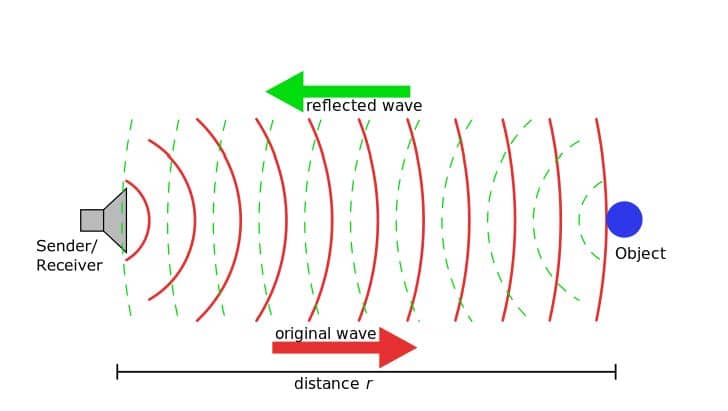What is ultrasound?
“Ultra” is a Latin word meaning “beyond,” or “on the far side of,” so “ultrasound” simply means sound which is too high for humans to hear. This is typically considered to encompass frequencies above 20 kHz (20,000 cycles per second). The hearing of dogs and bats extends into this ultrasonic range.
Ultrasound is a wave, like light or radio waves. It’s an oscillation which transfers energy. But ultrasound is a mechanical oscillation, meaning that the air molecules physically vibrate, moving back and forth when ultrasound is traveling through air. In contrast, light and radio waves involve varying electric and magnetic fields.
How ultrasound works as explained by an ultrasound expert witness?
Usually the ultrasonic wave starts out as an electrical signal, and gets converted by a transducer into a mechanical vibration. That vibration moves at a certain speed—300 meters each second in air, five times faster in fluids or tissue—and reveals information as it travels by sending back reflections when it encounters obstructions. Those reflections are received by a transducer and are thereby transformed into electrical signal for further processing and display (see Figure 1).

Where does this technique get used? Some examples are:
- Door sensors: the automatic sliding doors common in stores throughout Asia sense approaching customers with ultrasound.
- Intrusion sensors in building security systems function in a similar way.
- Fluid flow in pipes, to monitor industrial processes. The ultrasound tells the plant operator the fluid flow rate.
- Nondestructive testing: an example would be inspection of welded joints in a nuclear power plant.
- Underwater ultrasound or Sonar, which has applications ranging from military submarines to devices for fish-finding and boat aficionados. This market is very competitive and has resulted in several “337” actions at the United States International Trade Commission requiring ultrasound expert witnesses (examples here, here and here).
- Perhaps the largest application by market size is in medical imaging. A huge variety of ultrasonic imaging systems have been produced to cover everything from the veterinary market to highly automated volumetric cardiac diagnosis.
What are the areas in which an expert witness might contribute to litigation around ultrasound?
Expert witnessing in ultrasound
An ultrasound expert witness can be involved in many aspects of the technology. For example, modern medical ultrasonic imagers are densely packed with proprietary computing and electronic technology. The know-how inside is in the areas of:
- Transducer design and processing: the hand-held probe is carefully designed to optimize the image quality. Transducer designs are often covered by patents, but the manufacturing technology for them is more typically held as trade secrets. The reason is that patents filed on processes often teach the competition more than they protect anddetecting their infringement is frequently difficult.
- Data acquisition electronics. This combines high-precision analog design with a highly parallel computational stage feeding a controlling PC.
- Signal processing is very sophisticated, and is where a great deal of the product differentiation lies. This includes algorithms that:
- create the image data
- infer secondary characteristics such as the speed of blood flow within vessels
- automate measurements for the physician
- provide an efficient user interface
- connect to hospital information systems.
Leave a Reply